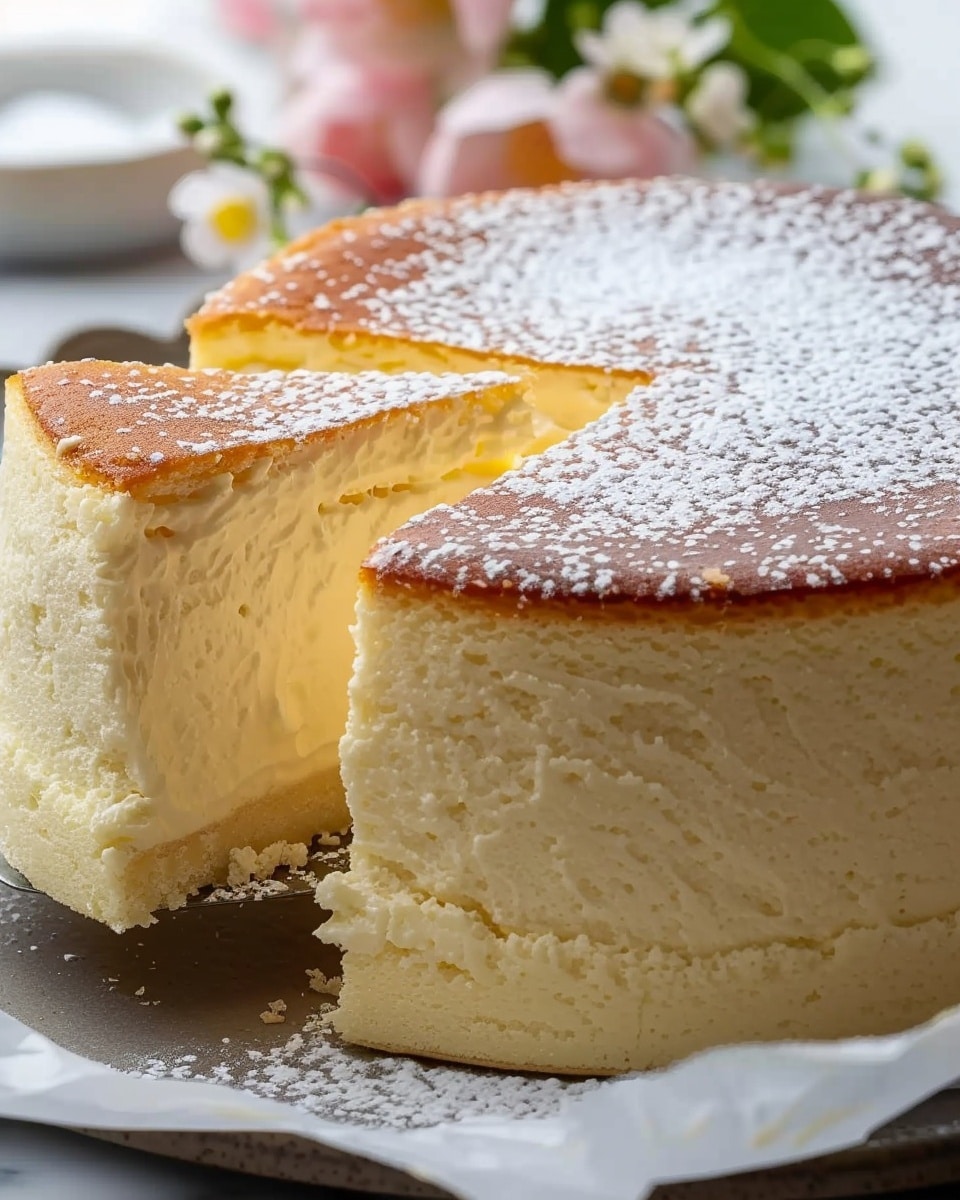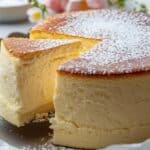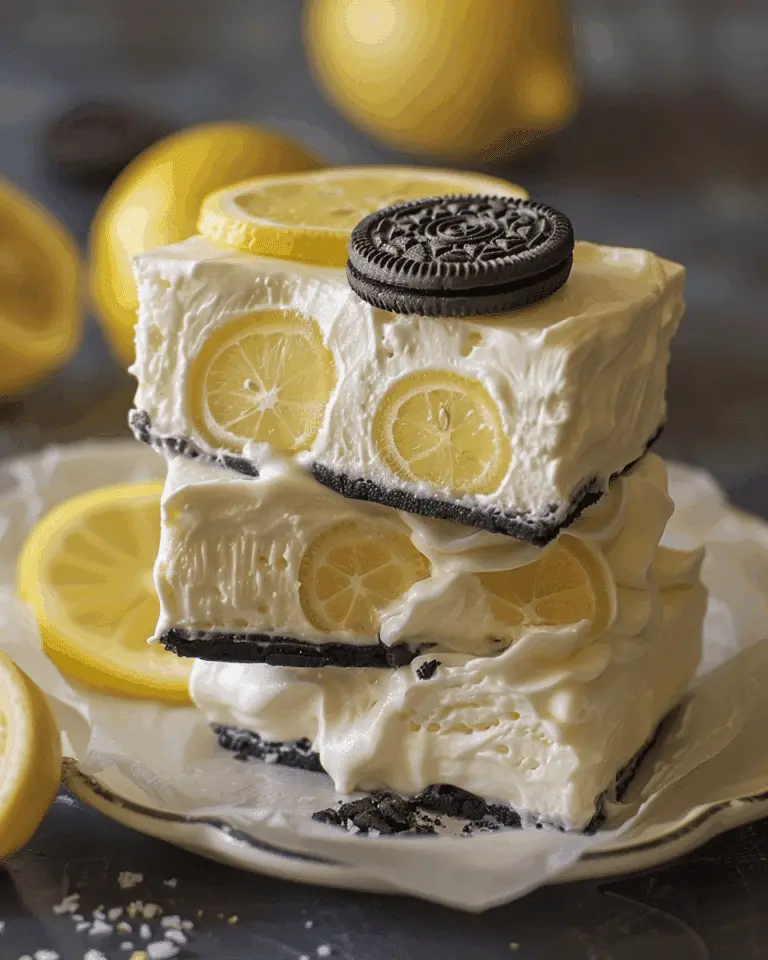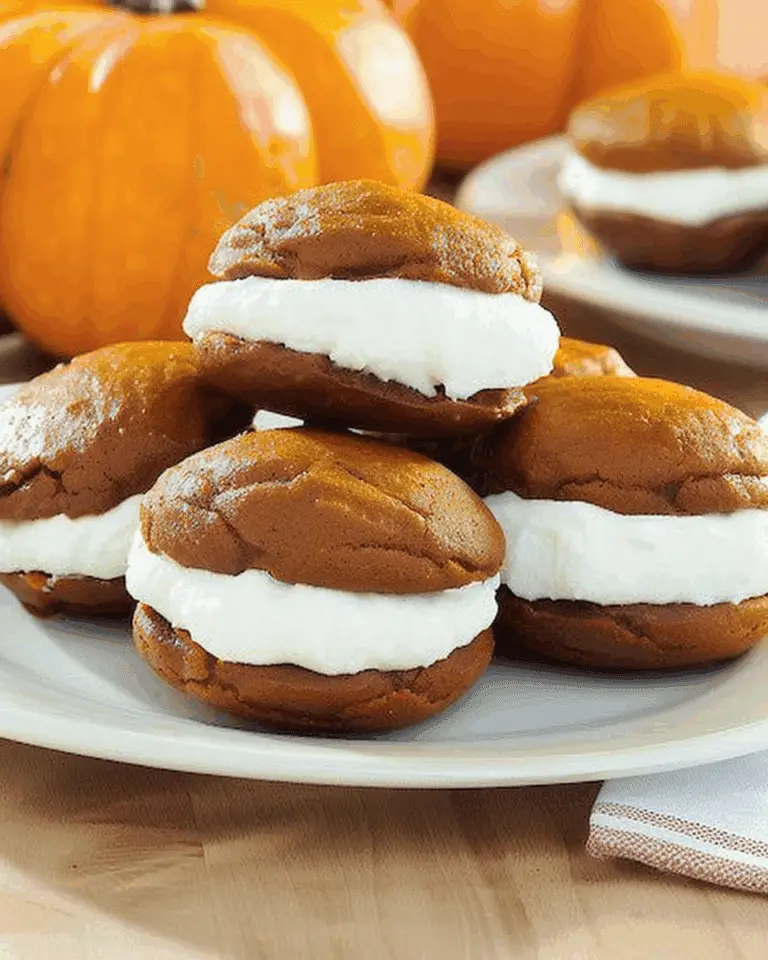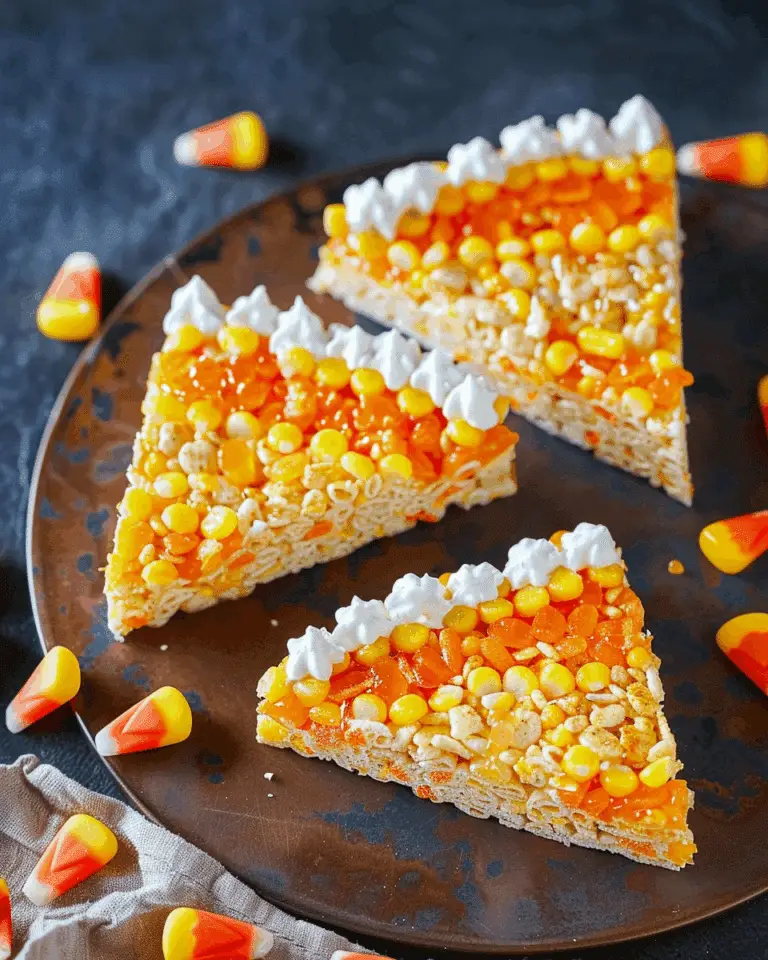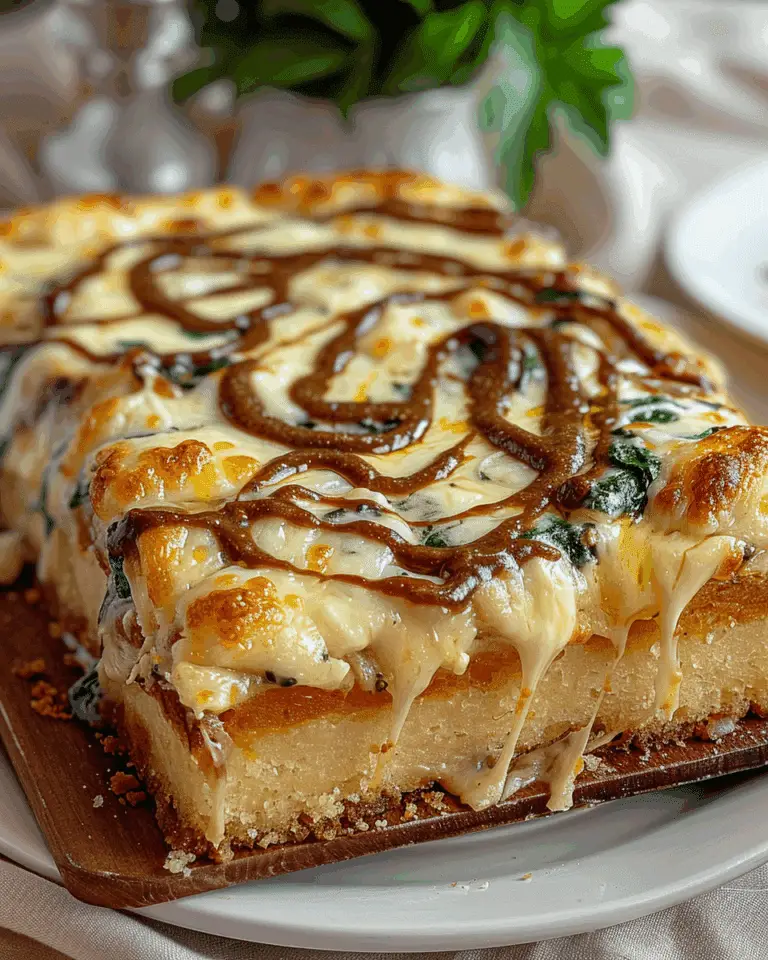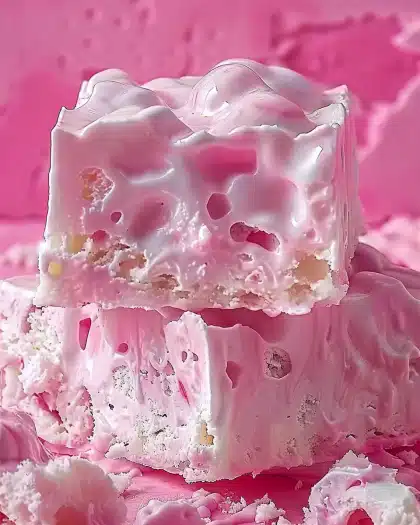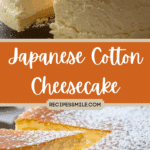Why You’ll Love This Recipe
I love how this cheesecake feels so different from dense American-style versions—it’s soft, tender, and just slightly sweet. It’s perfect when I want something lighter but still satisfying. The texture is like biting into a cloud, and it pairs beautifully with fruit, a dusting of powdered sugar, or just plain. It’s also a great make-ahead dessert for gatherings or afternoon tea.
Ingredients
(Here’s a tip: Check out the full list of ingredients and measurements in the recipe card below.)
-
Cream cheese
-
Whole milk
-
Unsalted butter
-
Egg yolks
-
Cake flour or all-purpose flour
-
Cornstarch
-
Lemon juice or zest (optional)
-
Egg whites
-
Granulated sugar
-
Salt
-
Vanilla extract
Directions
-
I preheat my oven to 320°F (160°C) and line the bottom and sides of a round cake pan with parchment paper. I wrap the outside with foil to prepare for a water bath.
-
I melt cream cheese, milk, and butter together over low heat until smooth, then set it aside to cool slightly.
-
I whisk in egg yolks, vanilla extract, and lemon juice or zest if using. Then I sift in the flour and cornstarch and mix until smooth.
-
In another bowl, I beat the egg whites and salt until foamy, then gradually add sugar and whip to stiff peaks.
-
I gently fold the meringue into the cream cheese mixture in batches, being careful not to deflate the batter.
-
I pour the batter into the prepared pan and tap it lightly to release air bubbles.
-
I place the cake pan in a larger baking dish and pour hot water around it to create a water bath.
-
I bake for about 60–70 minutes, then turn off the oven and leave the cake inside with the door slightly open for another 15 minutes.
-
Once cooled, I chill it in the fridge before slicing for the cleanest cuts.
Servings and timing
This recipe serves about 8 slices.
Preparation time: 25 minutes
Baking time: 65 minutes
Cooling/chilling time: at least 2 hours
Variations
Sometimes I add a bit of matcha powder or cocoa powder to change up the flavor. I’ve also made mini versions using ramekins for individual servings. When I want extra citrus flavor, I add both zest and juice to the batter.
Storage/Reheating
I store the cheesecake in an airtight container in the refrigerator for up to 4 days. It actually tastes even better after a day or two. I don’t reheat this one—it’s best served cold or at room temperature. If I freeze it, I thaw it in the fridge for several hours before serving.
FAQs
Why did my cheesecake collapse after baking?
This often happens if I overbeat the meringue or open the oven too early. I always make sure the cake cools gradually to prevent shrinkage.
Can I skip the water bath?
I wouldn’t recommend it. The water bath helps the cake bake gently and evenly, giving it that soft, fluffy texture without cracking.
How do I know when it’s done baking?
The cake should be golden on top and still jiggle slightly in the center. I give it a gentle shake and check with a toothpick—it should come out mostly clean.
Can I use all-purpose flour instead of cake flour?
Yes, I’ve used all-purpose flour with good results. I sometimes reduce the amount slightly or mix it with cornstarch to soften the texture.
What’s the best way to cut clean slices?
I always chill the cake completely, then use a sharp knife dipped in hot water and wiped clean between each slice.
Conclusion
Japanese Cotton Cheesecake is a light, airy delight that delivers the flavor of cheesecake with the texture of a dream. I love making it when I want something elegant, impressive, and not too sweet. Whether served plain or topped with fruit, it’s a show-stopper that’s sure to leave everyone asking for another slice.
Japanese Cotton Cheesecake
5 Stars 4 Stars 3 Stars 2 Stars 1 Star
No reviews
Light, fluffy, and delicately sweet, this Japanese cotton cheesecake melts in your mouth with its cloud-like texture.
- Author: Sarah
- Prep Time: 25 minutes
- Cook Time: 1 hour 10 minutes
- Total Time: 5 hours (including cooling and optional chilling)
- Yield: 8 servings
- Category: Dessert
- Method: Baking
- Cuisine: Japanese
- Diet: Vegetarian
Ingredients
7 oz (200g) cream cheese, softened
3 tablespoons unsalted butter
¼ cup (60 ml) whole milk
¼ cup (30g) cake flour
2 tablespoons cornstarch
¼ teaspoon salt
4 large eggs, separated
¼ teaspoon cream of tartar (optional)
⅓ cup (70g) granulated sugar
Powdered sugar, for dusting (optional)
Instructions
Preheat oven to 320°F (160°C). Line the bottom and sides of an 8-inch round cake pan with parchment paper. Prepare a water bath by placing the pan in a larger baking dish.
Melt cream cheese, butter, and milk in a double boiler (or heatproof bowl over simmering water), stirring until smooth. Remove from heat and let cool slightly.
Sift in cake flour, cornstarch, and salt into the cream cheese mixture. Stir until just combined.
Add egg yolks, one at a time, mixing until smooth. Set aside.
Beat egg whites in a clean bowl until foamy. Add cream of tartar (if using) and gradually add sugar, beating until soft peaks form.
Fold egg whites gently into the cream cheese mixture in 3 parts, using a spatula, until well incorporated.
Pour batter into the prepared pan. Tap gently to release bubbles.
Bake in water bath for 60–70 minutes, or until the top is lightly golden and a skewer inserted comes out clean.
Cool in oven with the door slightly open for 15–20 minutes to prevent shrinkage.
Chill or serve at room temperature. Dust with powdered sugar if desired.
Notes
Make sure cream cheese is very smooth to avoid lumps.
Don’t overbeat the egg whites – soft peaks help the texture stay light and fluffy.
The water bath ensures a gentle bake and prevents cracking.
Cheesecake will deflate slightly after cooling – this is normal.

